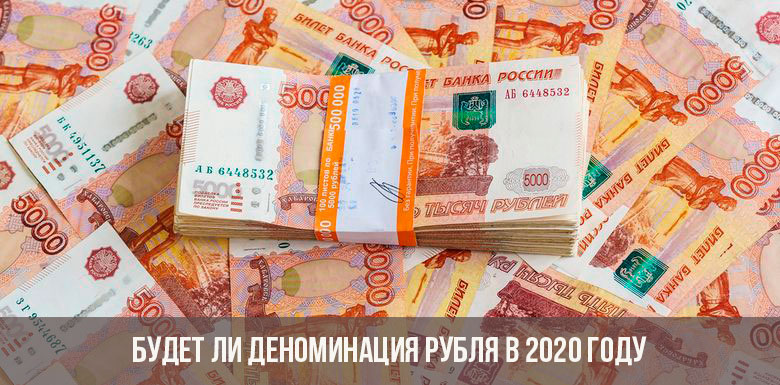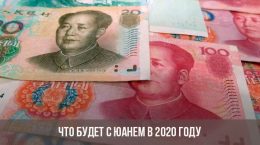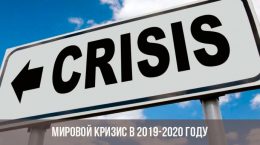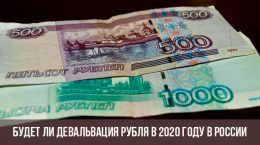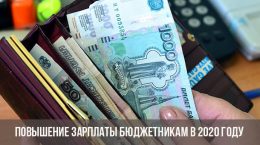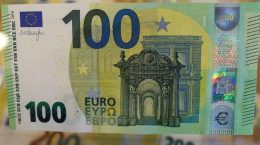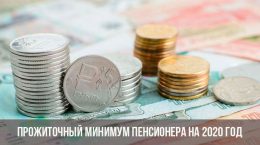Recently, talk about the denomination of the ruble in 2020 in Russia has become frequent. And this is no coincidence. They are caused by the unstable situation of the state economy, the sanctions policy of foreign partners, the increase in prices for fuel and housing and communal services. To everything else, one more negative factor was added: from January 1, 2019, the VAT rate increased by 2%, which immediately triggered a wave of rise in price of products, essentials, clothes, medicines.
The increase in inflation led to the fact that money with a face value of 1, 5, 10 kopecks was practically withdrawn from circulation. Is ruble denomination expected in 2020?
What is the need for
Denomination is a reform in which new banknotes with a lower denomination are introduced into circulation. Exchange occurs at a certain rate. “Old money” is withdrawn from circulation and “new” ones come to replace it, the distinguishing feature of which is the absence of a huge number of zeros. After the procedure, goods and services become somewhat more expensive.
In the Soviet Union, denomination was carried out twice: in the post-war period (1947) and in 1961. In Russia, the last time this reform was in 1998. For 1000 rubles of the old model, 1 ruble of a new one was issued. 5 years were allotted for complete withdrawal, that is, it was possible to exchange "old" money for "new" until 2003.
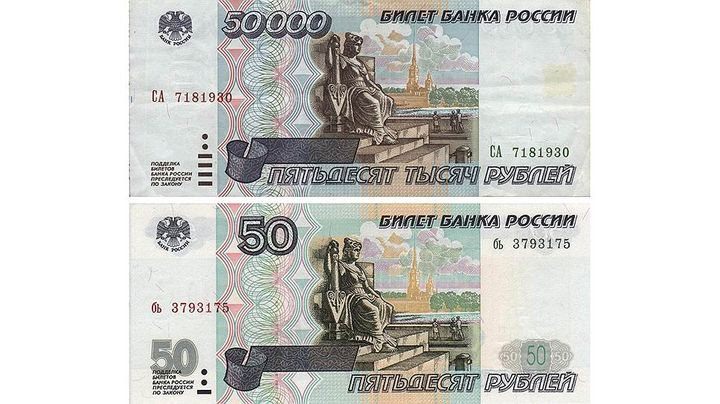
Denomination of the ruble in 1998
The main and main premise of carrying out is hyperinflation, which is characterized by the presence in the state’s turnover of a huge amount of money supply. Depreciation leads to the fact that the state begins to issue notes with a higher denomination, and with a smaller one they become unclaimed. The paradox is that it is simply impossible to withdraw banknotes that have become “small” from circulation. When a similar situation develops in the state, the government holds a denomination, which leads to positive results:
- Government spending on the issue of new banknotes is reduced. With a large amount of money supply, the costs are enormous: you need to issue new bills and at the same time update small ones that have lost value.
- The settlement system becomes more convenient and simpler. For example, it is much easier for a seller of an ordinary grocery store to give change without getting confused in millions and thousands.
- Hidden incomes of the population are revealed. After all, in order not to lose all your savings, they need to be exchanged and, of course, made public.
- The national currency is strengthening.
Reform should be carried out at a strictly defined time, that is, when all the prerequisites are noted. If the time is chosen incorrectly, unsuccessfully, then this measure will not lead to anything. Inflation rates will rise, money will again depreciate. Result: the population will cease to trust their own currency and will begin to store their savings in euros or dollars. The situation in the country can become extremely tense and result in a panic caused by continuing and non-stop rising prices. The consequence of such an illiterate government of the state will be the default. Properly and timely monetary reform has a positive effect on the economy in the country.
Among the negative aspects, there is some difficulty associated with getting used to new banknotes. Plus, after the reform, there has been a small jump in price increases, since rounding usually occurs no less.
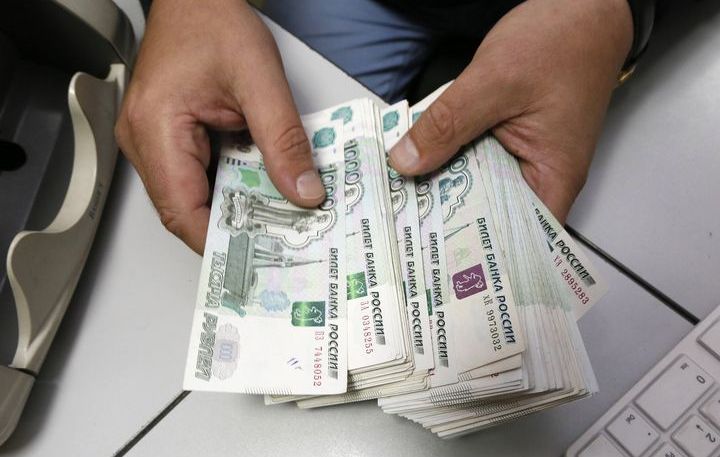
Denomination of the ruble 2020
To start this process, good reasons are required.In Russia, hyperinflation must occur, in which there will be a lot of money: to such an extent that there can be no talk of any convenience in their use. If the situation is crisis, then the Government should wait for stabilization, at which the inflation rate does not exceed 12%. Otherwise, the state will have to launch ruble denomination. That is, 12% is the extreme mark on the level of depreciation of money, after which monetary reform follows to save the economy.
At the moment, the situation in Russia is developing in such a way that inflation is growing within reasonable limits, and the trend towards an increase in the money supply is not fixed. In addition, widespread electronic circulation of funds. There is less cash in circulation; many prefer non-cash payments. Many already have accounts in electronic payment systems such as WebMoney, Yandex.Money, QIWI. The denomination procedure itself is quite expensive and lasts more than a year.
At the moment, for one dollar they give 66 rubles. Specialists exclude denomination in such conditions. Moreover, if it is carried out, it will simply result in unjustified costs of the state treasury.
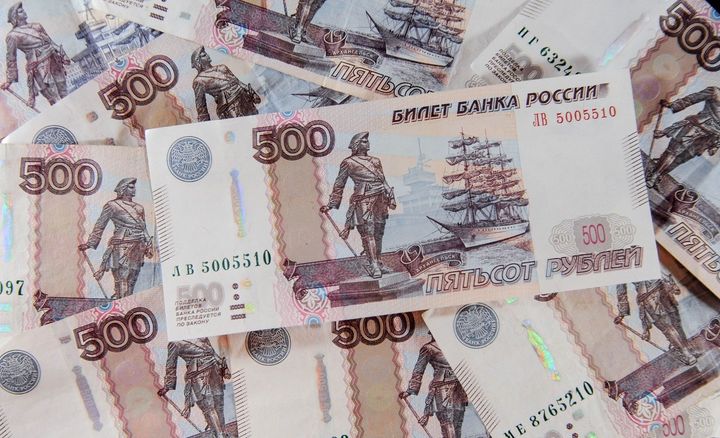
The strengthening of the ruble is evidenced by several factors:
- positive dynamics of GDP indicators are noted;
- budget deficit is reduced;
- the trade balance is improving due to an increase in oil prices.
Is ruble denomination expected in 2020? Unlikely. The inflation rate, despite endless sanctions and aggravation of trade relations, stabilized by 4. In the next few years, an upward trend in inflation is not predicted.
Read also:

